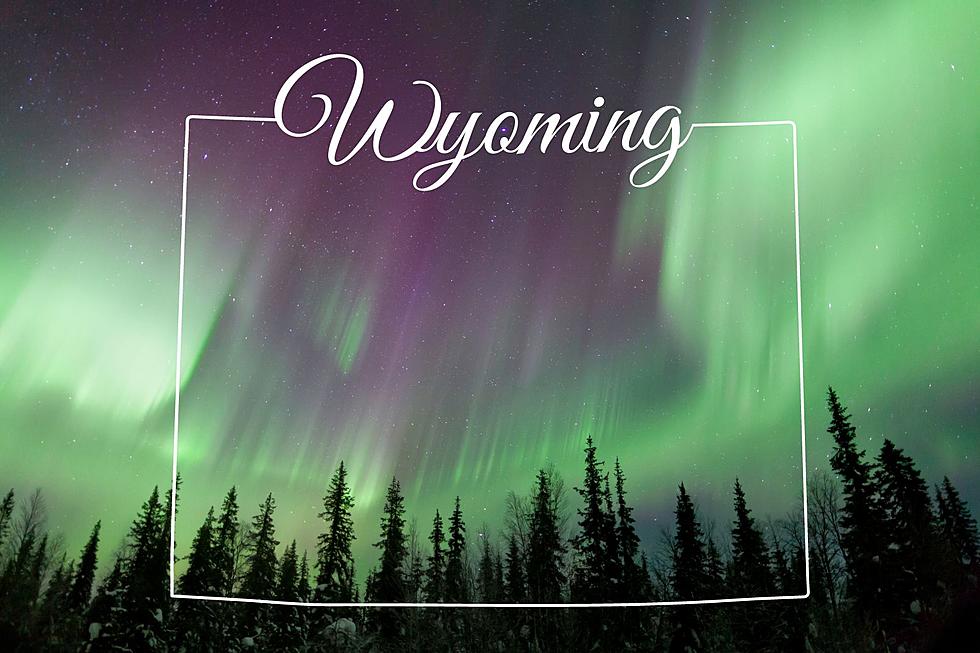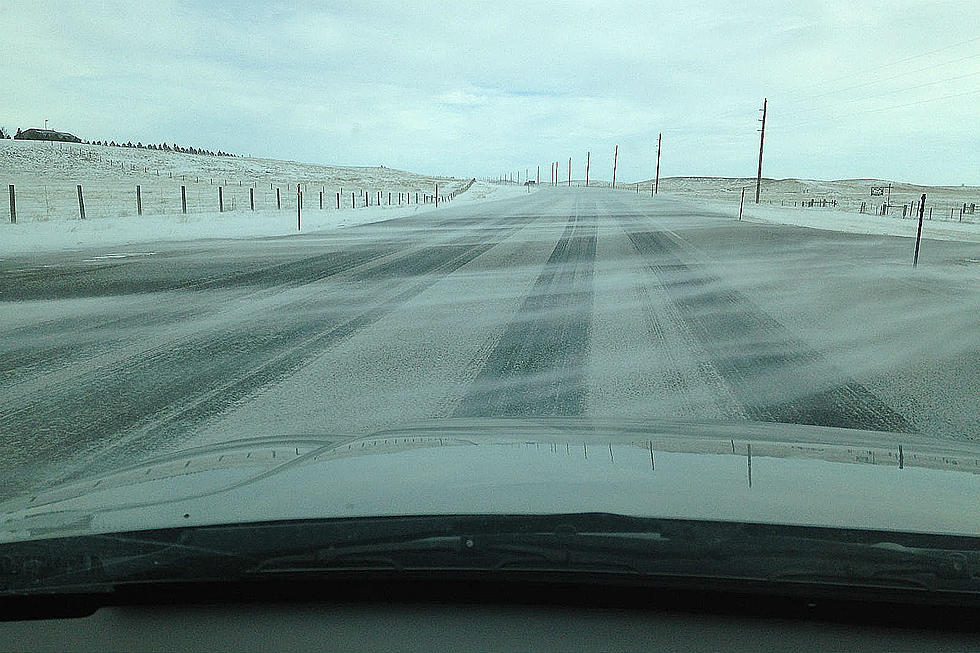
The Northern Lights May Dance on Wyoming Horizons This Thursday
UPDATE: July 11
New forecasts indicate the aurora won't reach Wyoming. Find out more in the story: Aurora Forecast Shifts: No Chance of Wyoming Views on Thursday.
Look to the skies on Thursday night for a possible glimpse of the aurora borealis. The shimmering display of cosmic beauty is forecasted to reach as far south as Cheyenne, Wyoming - a rare occurrence for the capital city. Here's what you need to know about seeing the Northern Lights this week in Wyoming:
UPDATE: July 10 - Is the Aurora Reaching Wyoming Guaranteed?
No, there's no way to guarantee an Aurora sighting. Like any weather forecast, space weather changes and is based on forecasts - projected weather - it's never set in stone.
Debunking the Aurora Borealis:
What Are the Northern Lights (and Why Does Southern Wyoming Seldom See Them?)
The aurora borealis is the product of the sun and its solar winds - "the continuous flow of electrically charged particles from the sun." NASA explains that when these charged particles reach the Earth, some become trapped in our planet's magnetic field. That energy eventually collides with particles in our atmosphere, causing the energy to release in the form of light.
The aurora typically appears in the skies of the Earth's far northern or southern reaches. It's rare to see them in Wyoming (particularly in the southern part of the state) because the aurora must be significantly powerful to appear this far from the North Pole.
The Aurora Borealis to Illuminate Wyoming Skies on Thursday, July 13
This week, a massive geomagnetic storm is forecasted to put on quite the show for Wyomingites. The Geophysical Institute at the University of Alaska Fairbanks forecasts a high aurora strength (KP) of 6 on Thursday night. If the forecast and conditions hold, the powerful collision of solar wind and atmosphere will cause the Northern Lights to radiate as far as Cheyenne.
What Parts of Wyoming Will Have the Best Aurora Views?
Data from The Geophysical Institute indicate Northern Wyoming will have better views of the aurora. It's not as uncommon to see the lights near Yellowstone or Riverton.
Southern portions of the state, particularly those from Cheyenne to the Nebraska border, will see the aurora closer to the horizon line. Seventeen states will have a chance to view the Northern Lights, says Times Magazine, including Wyoming's neighbors, Montana, Nebraska, and South Dakota.
When Is the Best Time to View the Aurora Borealis on Thursday?
The National Oceanic and Atmospheric Administration reports that the best time to view the aurora is around 10 p.m. to 2 a.m. - within an hour or two of midnight.
Your best chance of seeing the aurora is out of city limits, where light pollution is less likely to dampen the natural phenomena's effect.
5 Fun Facts About the Aurora Borealis:
1. The aurora borealis might actually make a sound! According to the Geophysical Institute and Neil DiGrasse Tyson, the aurora borealis may produce a sound similar to whistling or hissing - but scientists are still researching the phenomena.
2. The colors of the aurora vary based on the molecules the energy collides with inside Earth's atmosphere. Oxygen causes yellow-green light or red light, and nitrogen causes blue. When they mix, the purple colors of the aurora appear.
3. There is always an aurora over the Earth, but we can only see it when stronger solar winds batter the atmosphere.
4. The aurora doesn't always dance. Scientists figured out that it dances when pinched magnetic fields reconnect in a phenomenon that works "like pulling back the string on a bow for an arrow, and then the string snaps forward, sending all these particles flying at the Earth." (Scientific American) The resulting ricochet causes the lights to dance.
5. According to the Geophysical Institute, the Inuit people of Alaska believed that the Northern Lights were caused by spirits playing ball with a walrus head in the sky. Find the myth here!
For more tips on viewing the Northern Lights, visit the NOAA aurora viewing page here.
For an updated forecast on the aurora, visit the Geophysical Institute's website here.
Wyoming's Top Stargazing Destinations
More From KGAB








